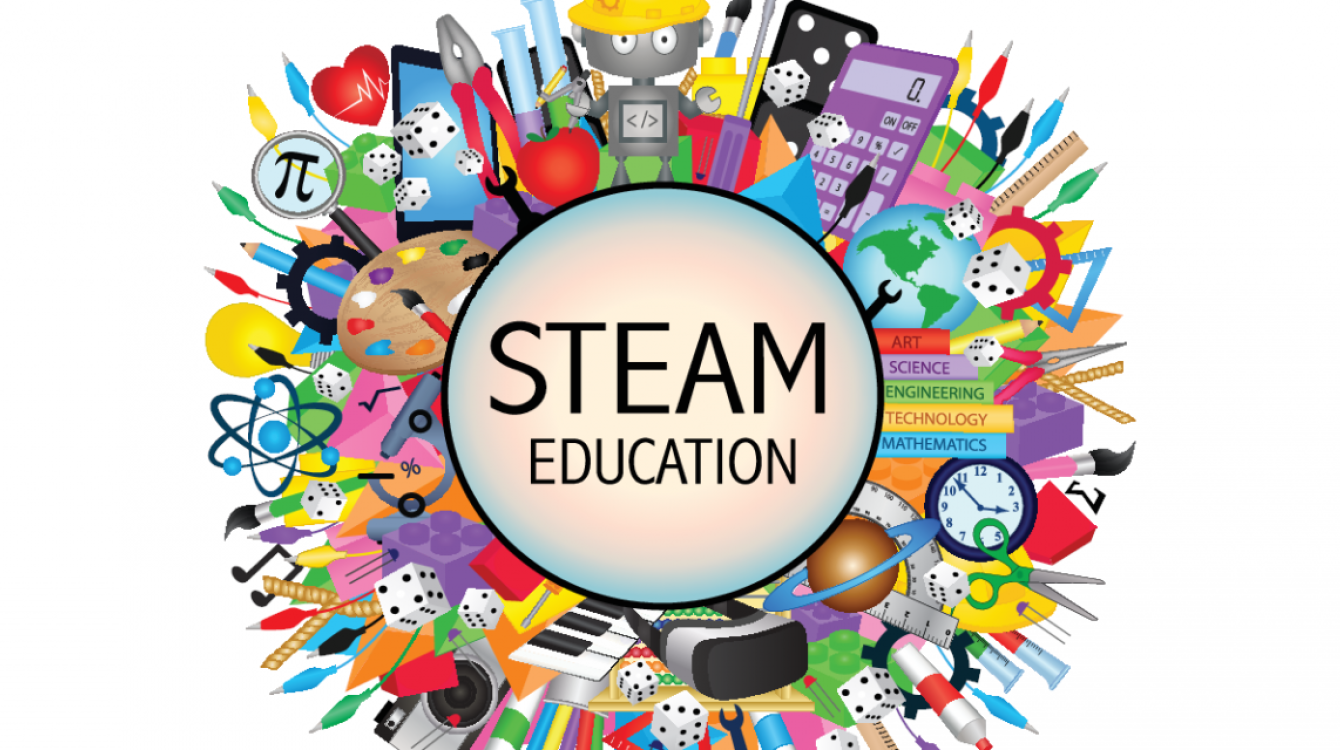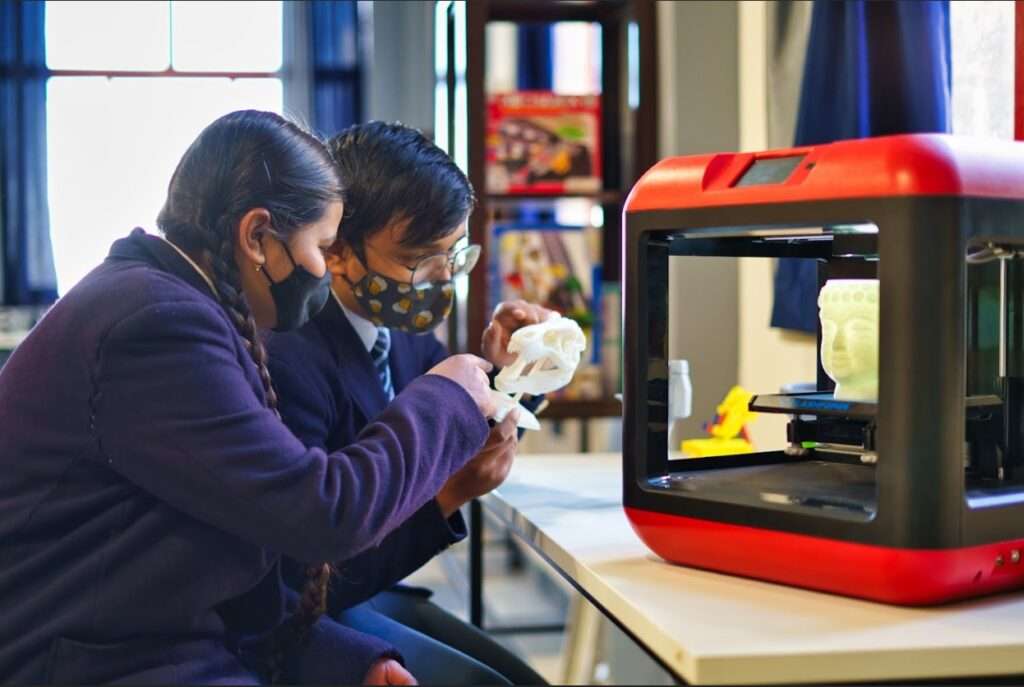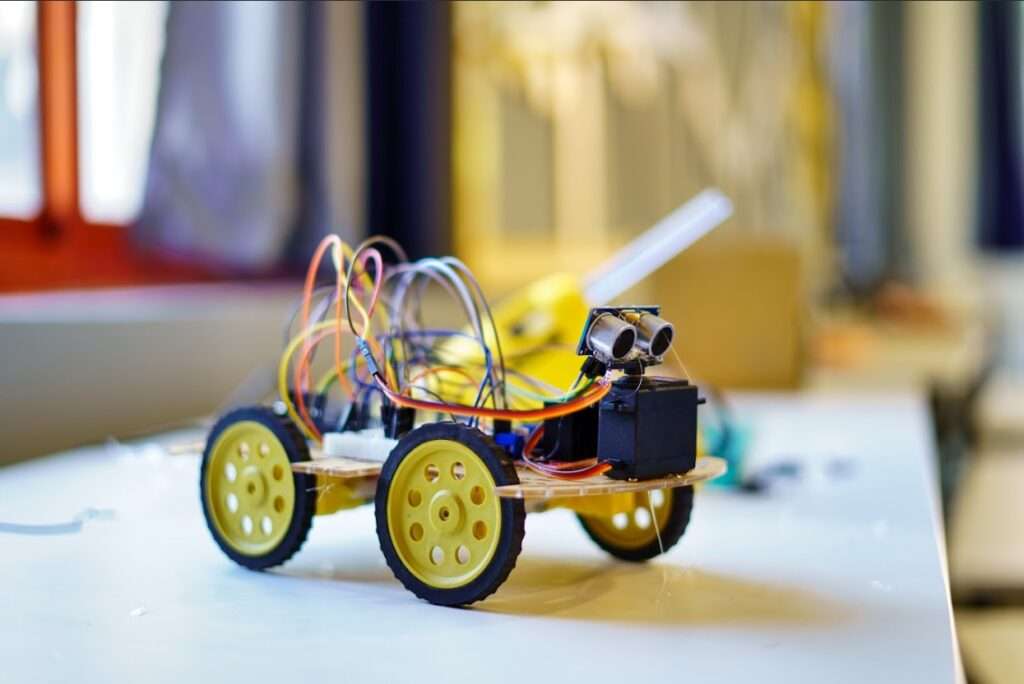In the realm of STEM education, where creativity, problem-solving, and practical application are paramount, traditional tests often fall short. These assessments typically measure rote memorisation and recall, but they fail to capture the full spectrum of STEM skills. To truly evaluate students’ understanding and abilities, educators must employ strategies that go beyond the traditional multiple-choice format.
Performance-Based Assessments
Performance-based assessments require students to demonstrate their knowledge and skills through practical tasks. This can involve designing experiments, building models, or creating presentations. By assessing students’ ability to apply their STEM concepts in real-world scenarios, educators can gain a deeper understanding of their learning.
* Examples of Performance-Based Assessments:
* STEM Experiment: Students design and conduct an experiment to test a hypothesis.
* STEM Project: Students build a model or prototype that solves a specific problem.
* STEM Presentation: Students create a presentation explaining a complex STEM concept.
Portfolios
Portfolios provide a comprehensive overview of a student’s growth and learning over time. They can include a variety of artefacts, such as essays, projects, lab reports, and reflections. By examining these artefact’s, educators can see how students have developed their STEM skills and identify areas for improvement.
* Examples of Portfolio Items:
* STEM Research Papers: Students write research papers on STEM-related topics.
* STEM Project Logs: Students keep logs documenting their progress on STEM projects.
* STEM Reflections: Students write reflections on their STEM learning experiences.
Rubrics
Rubrics are scoring guides that outline the criteria for evaluating student work. They provide clear expectations and help ensure that assessments are fair and consistent. By using rubrics, educators can provide students with specific feedback on their performance and identify areas where they need to improve.
* Examples of Rubric Criteria:
* Understanding of STEM concepts: Does the student demonstrate a deep understanding of the STEM concepts involved?
* STEM Problem-solving skills: Can the student effectively solve problems using STEM principles?
* STEM Communication skills: Can the student clearly communicate their STEM ideas and findings?
* Creativity: Does the student demonstrate creativity and originality in their work?
Ready to take your STEM education to the next level?
By incorporating performance-based assessments, portfolios, and rubrics into their assessment practices, educators can gain a more accurate and comprehensive picture of their students’ STEM learning. These strategies help to promote deeper understanding, critical thinking, and problem-solving skills, which are essential for success in the 21st century.
Visit our website to explore our innovative STEM resources and workshops.















